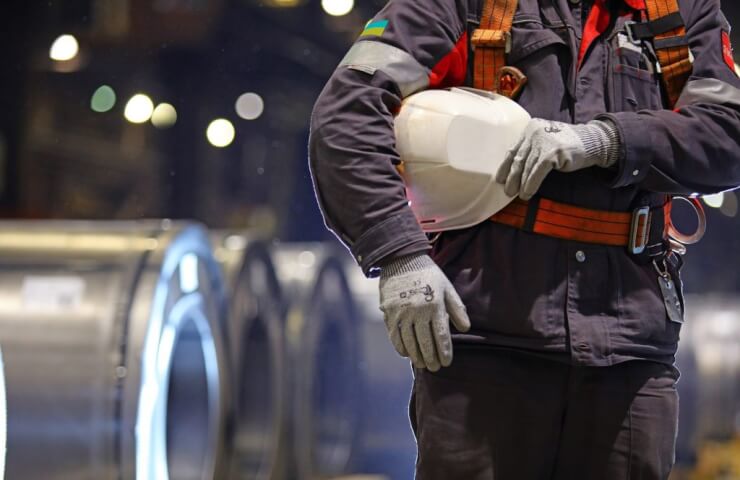Dutch mining and metallurgical holding Metinvest B.V. (Metinvest) of Ukrainian businessman Rinat Akhmetov sold 55% of its metallurgical and mining products in the countries of the European Union (EU) in January-June 2023.
According to the company’s presentation at the 15th JPMorgan Global Emerging Markets corporate conference, During this period, Metinvest sold 35% of its metal products in Ukraine, in MENA countries - 2%, in the CIS - 1%, in other regions - 7% for a total of $2.423 billion.
In addition, the group for During this period, it sold 28% of its iron ore products in Ukraine, 10% in Asian countries, and 7% in other regions for a total amount of $1.131 billion.
The presentation states that sales of metal products in the first half of 2023 decreased by 33% compared to the same period of the previous year, mainly due to a reduction in production volumes at Ukrainian metallurgical enterprises of cast iron and flat products by 54% and 56%, respectively, against the backdrop of a lack of slab sales.
This was partially compensated for an increase in supplies of its billets (an increase of 3%) and long rolled products (an increase of 14%), as well as coke (an increase of 10%) with an increase in resale volumes.
Positive six-month dynamics for the first half of 2023 compared to the second half of 2022 (an increase of 15%) is due to higher sales volumes of all products, namely finished products (up to 22%), semi-finished products (an increase of 7%) and coke (an increase of 18%).
At the same time, logistics problems continued to shape the geography of sales.
Sales volumes of iron ore products for the first half of 2023 compared to the first half of 2022 decreased by 32%, mainly due to the fall iron ore prices by 44% and a reduction in supplies through the blockade of Ukrainian Black Sea ports, as well as a decrease in intra-group consumption and a drop in local demand. The results were also affected by negative price dynamics for iron ore with an iron content of 62%. This was partially offset by an increase in sales volumes of coking coal pellets and concentrate – by 43% and 42%, respectively. As a result, there were significant changes in regional revenue shares.





